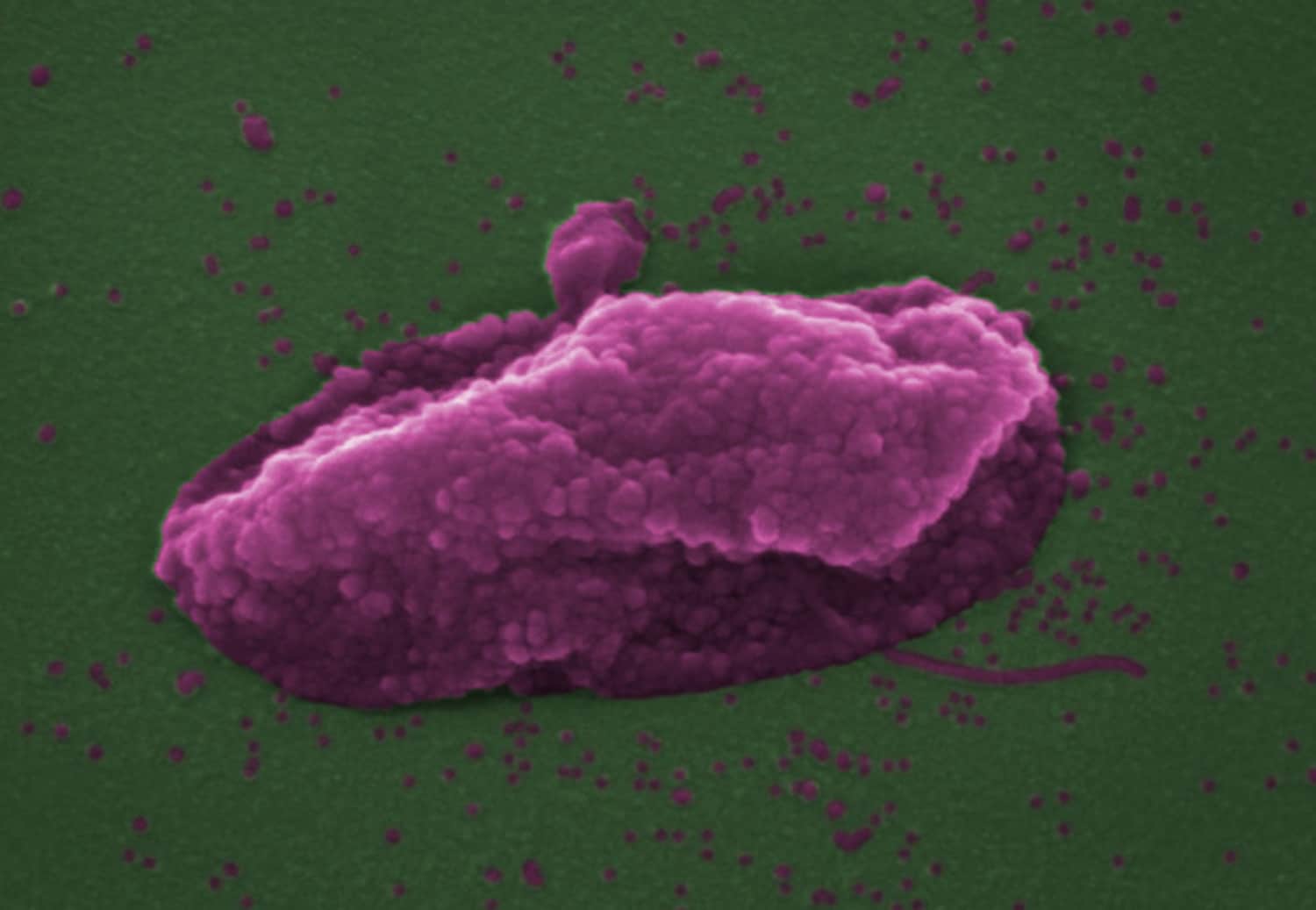
Colistin is an antibiotic of last resort but has poor efficacy, and resistance is a growing problem. It is well known that colistin disrupts the bacterial outer membrane (OM) by selectively targeting lipopolysaccharide (LPS). However, it remains unclear how this led to bacterial killing.
A new study by the Imperial College London and the University of Texas has sown how antibiotic colistin kills bacteria. They found that like we pop the balloon using a needle, the antibiotic colistin punches holes in bacteria, causing them to pop like balloons. What’s more, scientists also discovered a way of making the antibiotic more effective at killing bacteria.
Superbugs have two skins called membranes. Colistin punctures both membranes, killing the bacteria.
Colistin damages the outer membrane by targeting a chemical called lipopolysaccharide (LPS), it was unclear how the inner membrane was pierced.
Scientists found that colistin also targets LPS in the inner membrane, even though there’s very little of it present.
Dr. Andrew Edwards from Imperial’s Department of Infectious Disease said, “It sounds obvious that colistin would damage both membranes in the same way, but it was always assumed colistin damaged the two membranes in different ways. There’s so little LPS in the inner membrane that it just didn’t seem possible, and we were very sceptical at first. However, by changing the amount of LPS in the inner membrane in the laboratory and also by chemically modifying it, we were able to show that colistin really does puncture both bacterial skins in the same way – and that this kills the superbug.”
To find ways to make colistin more effective, scientists focussed on a bacterium called Pseudomonas aeruginosa. They found that a new experimental antibiotic, called murepavadin, caused a build-up of LPS in the bacterium’s inner skin, making it much easier for colistin to puncture and kill the bacteria.
Scientists noted, “as murepavadin is an experimental antibiotic, it can’t be used routinely in patients yet, but clinical trials are due to begin shortly. If these trials are successful, it may be possible to combine murepavadin with colistin to make a potent treatment for a vast range of bacterial infections.”
Akshay Sabnis, lead author of the work also from the Department of Infectious Disease, said: “As the global crisis of antibiotic resistance continues to accelerate, colistin is becoming more and more critical as the very last option to save the lives of patients infected with superbugs. By revealing how this old antibiotic works, we could come up with new ways to make it kill bacteria even more effectively, boosting our arsenal of weapons against the world’s superbugs.”
Journal Reference:
- Akshay Sabnis et al. Colistin kills bacteria by targeting lipopolysaccharide in the cytoplasmic membrane. DOI: 10.7554/eLife.65836
Continue reading Study discloses how an antibiotic of ‘last resort’ kills bacteria on Tech Explorist.
0 comments:
Post a Comment